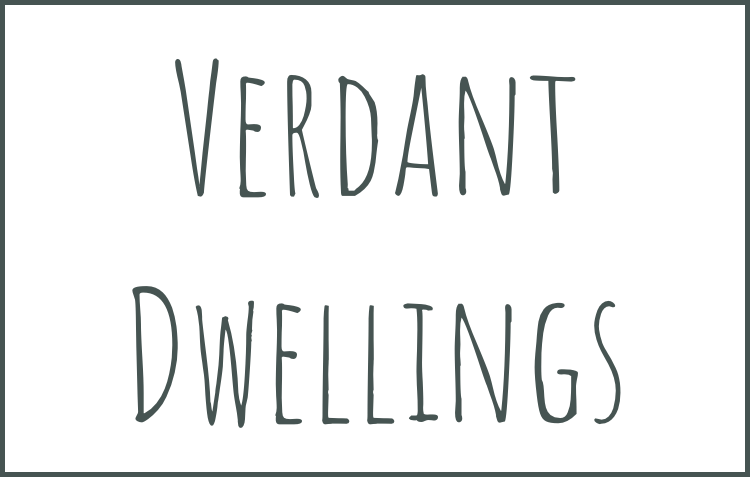Plugs - What are they, why they aren't bad and how to grow with them
Philodendron Black Cardinal from the same batch- Plug Removed on left and Plug Intact on right
What are plugs?
Jiffy Pot Plug
Many Plants brought in Australia are grown from what’s called a ‘plug’. Made from different materials, plugs are used due to their optimised ability to provide correct growing conditions for the tiny plant or seed and encourage healthy root growth. Once the root system is established, the plant can be potted into soil, very often Peat Moss, with the plug as it is made of a degradable material that will not hinder the future growth of the plant.
Are plugs bad?
There is a common misconception that 'plugs' cause issues. Unfortunately it has been compounded by plant issues and deaths by improper treatment of the plant by indoor gardeners leading them to look for a cause. As these indoor gardeners don't understand the plug and its purpose and correct use, that is where the blame is going.
“There is a common misconception that ‘plugs’ cause issues.”
What is actually so often happening is plants are being overwatered or instantly repotted. A vast number of indoor plants are grown from different varieties of plugs due to the volume needed to fill Nationwide Wholesale Growing and retail demand, and not all are struggling and dying. Plugs hold water to nourish the plant and encourage root growth. Many commercial nurseries, and Verdant Dwellings, then choose to pot the plants into peat moss as it has many benefits, one being that it has the same properties as plugs in regards to water retention. When people don’t understand peat, they often overwater it as they treat it the same as potting mix. For example once a week watering a plant in peat is way too much however it may be right for a plant potted in a pine bark potting mix. Other times people re-pot a plant that started in a plug and then grown in peat, into pine bark potting mix and water when the pine bark is dry, not the plug. Both of these soak the plug, and if in peat create a bog environment, meaning that the roots outside of the plug rot and die. The oldest roots inside the plug often struggle but are the last to rot away.
Jiffy Pot Plug casing - compressed Peat
When the plant starts to struggle, the owner looks into the soil to find out why, sees the plug and no roots and concludes the plug is the issue. In fact, the healthy plant has had its root system rotted away and is just surviving with what is remaining in the plug. The plants often begin looking sad due to overwatering, then the colour or general appearance may diminish as the plant is not getting nutrients, then start looking thirsty as the lack of remaining roots cannot sufficiently hydrate the plant. Sometimes the plant may be watered more at this stage compounding the issue. Finally, the indoor gardener looks in the soil, finds the plug and no roots and incorrectly deduces that the plug has ‘suffocated’ the roots and is the cause fo the issue.
Some indoor gardeners will find the plug early on and label it bad or a ‘death plug’, an incorrect and highly evocative description, and decide to remove it even if the plant has a root system into the soil and beyond the plug itself. They then claim the plant flourishes now the plug has been removed. Again, what has actually occurred is that without the plug, a plant potted into pine bark potting mix is no longer being overwatered the way it was previously. With the plant now getting correct water for the medium it is in, one that dried extremely fast, it is again happy and able to thrive. Obviously at no point was the plug stopping this from occurring, the plant was simply struggling with two separate soil mediums in one pot and the incorrect watering. Of course for any indoor gardener, once a plant is owned they can do what they wish, however removing the plug can often cause damage to the root system. Once this occurs the plant needs to re-establish it before continuing to grow or in some cases, the plant dies.
Elle Pot Plug
Damaged Roots after Removing Elle Pot Casing
Polymer Bound Plug
Does Verdant Dwellings Sell Plugged Plants?
Here at Verdant Dwellings, we do not sell plants that have not rooted out past the initial plug. We then go further and ensure the roots are growing nicely into the soil surrounding the plug before the plant leaves us. As we pot into Peat Moss, the watering is correct for all parts of the plant ensuring strong and healthy roots and plants, weather they began life in a plug or not. All plants that are propagated and grown purely by Verdant Dwellings do not use a plug at any stage, but are rooted out into pure peat moss. For this reason, there is no need to re-pot our plants when they are purchased, however the medium they are potted into does need to be understood. For a ‘How To’ guide for using Peat Moss, please see our blog Peat Moss- A How to Guide
Happy Growing!






